As if Endangered Species or any species for that matter could cover their ears, hiding. But after twenty months of “Bangs” and “Booms,” within hearing range of Endangered species, it appears there will be no relief anytime soon!
With several Threatened species that have been observed in the area also facing the same assault. Many of the native species normally observed in the park were also chased away by the noise.
I can’t help but feel sorry for them along with all the other native wildlife subjected to the noise harassment in Brackenridge Park by the USDA’s Wildlife Services Texas division.
I can only imagine that the captive species including the Endangered ones located in the Zoo may feel the same, but with no one listening to their cries.
The negative effects of noise on wildlife can include stress and cause changes to the migration routes of wild animals. Noise can also cause pain and fear in confined or captive animals.
According to Noise Monitoring Services, “excessive noise is not just annoying to animals, it can also affect their ability to survive. Communication, mating behavior, hunting and survival instincts of animals are altered by excessive noise.”
Video: Endangered Species Cover Your Ears.
Read More: The Effects of Noise Pollution on Wildlife – Noise Monitoring Services
“Human-generated noise pollution now permeates natural habitats worldwide, presenting evolutionarily novel acoustic conditions unprecedented to most landscapes.” “These acoustics not only harm humans, but threaten wildlife, and especially birds,” according to the research article Noise Pollution Filters Bird Communities Based on Vocal Frequency.
Read More: Noise Pollution Filters Bird Communities Based on Vocal Frequency
Many studies document the effects from noise on wildlife, including altered vocal behavior to mitigate masking. “Masking occurs when noise interferes with an animal’s ability to perceive, detect, interpret, or discriminate a sound.
One research survey shows that terrestrial wildlife responses begin at noise levels of approximately 40 Decibels, and 20% of papers documented impacts below 50 Decibels.
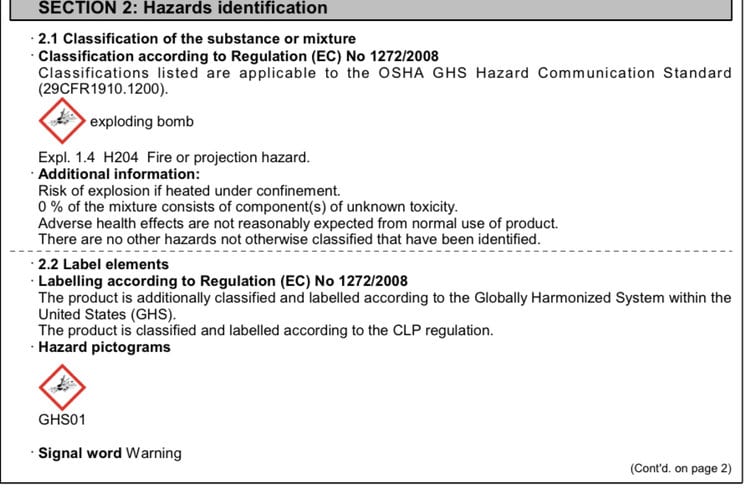
What is Noise Pollution?
Noise pollution, or sound pollution, is the propagation of noise or sound with ranging impacts on the activity of human or animal life, most of which are harmful to a degree according to online source Wikipedia.org.
The explosives in use by the USDA Wildlife Services are meant to “scare” Migratory Waterbirds away from San Antonio city parks where the birds have nested for over a decade. Per an email from the mayor’s office in 2022, the San Antonio Zoo had their own agreement with the USDA Wildlife Services who were visibly and audibly observed in 2023 working inside the Zoo.
Eva Ries of conservation non-profit, One More Generation.org, commented, “The USDA has been rushing in as ‘exterminator for hire’ for years now, torturing and harming animals on contracts funded by municipal tax dollars. The agency charges localities steep fees to kill native wildlife. But for this Zoo director to allow or request harassment activities to ostensibly protect the zoo is contradictory to the very idea of conservation he claims to uphold.”
The Explosive pest control devices (EPCD) are designed to be fired from a firearm, or other launching devices. The devices are used to frighten birds and other pests away from airports, landfills and agricultural or fishing areas, thus helping to maintain adequate levels of agricultural production and aviation safety according to online sources.
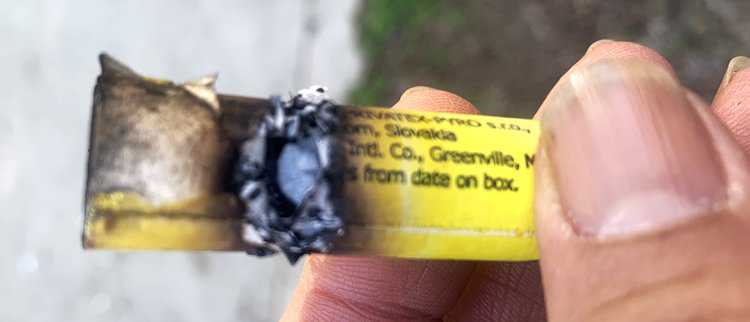
Explosive pest control devices (EPCDs) generally fall under ATF regulation because they contain regulated explosive materials, such as flash powder, black powder, and/or other pyrotechnic compositions. Some of these devices go by the generic terms “bird bombs”, “shell crackers”, “whistlers” or similar terms.
Read More: Explosive Pest Control Devices | Bureau of Alcohol, Tobacco, Firearms and Explosives (atf.gov)
Noise levels between 110-150 Decibels can cause damage to human hearing. High intensity sounds above 150 decibels can burst your eardrums. Keep in mind that exposure to sounds higher than 110 decibels can cause instantaneous hearing loss. Without hearing protection, high-decibel exposure can damage hearing, especially when experienced at close range.
These explosive pyrotechnics can be extremely loud, which can be disruptive not only to people, but to any animals in the area.
After almost two years of hearing the noise, I have to ask, what about all those Endangered species in captivity nearby? Why are our native species having to suffer through the continued assault on wildlife by the USDA if all they are only trying to do is keep their species alive by nesting?
Sadly, Species of Greatest Conservation need listed on the State of Texas’ Wildlife Action Plan were assaulted with the noise by the USDA, including Protected Species along with the destruction of habitat. USDA employees showed little consideration for the conservation needs of our SGCN species.
Read More: State Wildlife Action Plans :: Association of Fish & Wildlife Agencies (fishwildlife.org)
To this day, you can still hear the explosive noise coming from the Zoo compound followed by a wave of Black Vultures flying overhead. With a new agreement signed by the City of San Antonio and the USDA’s Wildlife Services this summer under the public radar, we can only hope that those Endangered Species can cover their ears-or hide from the noise!
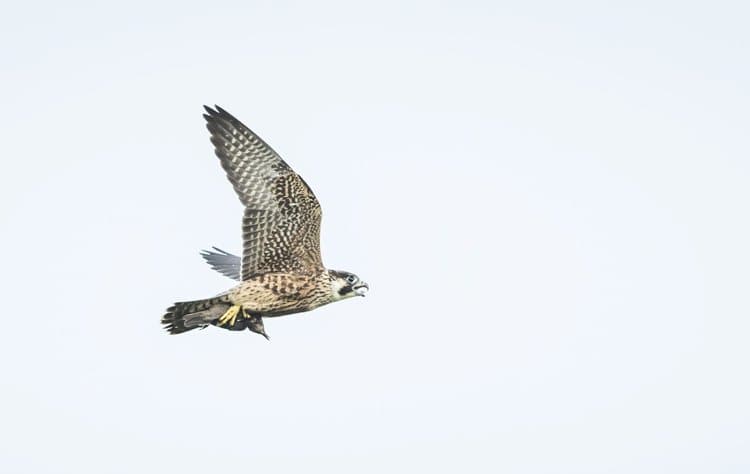
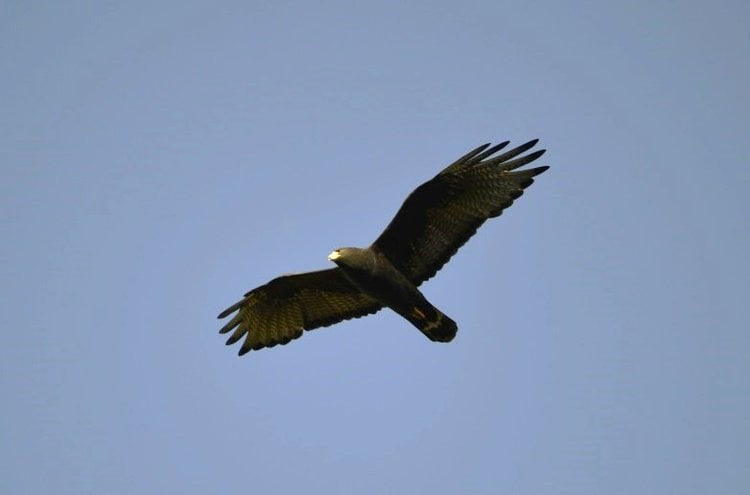
Citations:
Francis CD, Ortega CP, Cruz A. Noise pollution filters bird communities based on vocal frequency. PLoS One. 2011;6(11):e27052. doi: 10.1371/journal.pone.0027052. Epub 2011 Nov 9. PMID: 22096517; PMCID: PMC3212537.s.
Shannon G, McKenna MF, Angeloni LM, Crooks KR, Fristrup KM, Brown E, Warner KA, Nelson MD, White C, Briggs J, McFarland S, Wittemyer G. A synthesis of two decades of research documenting the effects of noise on wildlife. Biol Rev Camb Philos Soc. 2016 Nov;91(4):982-1005. doi: 10.1111/brv.12207. Epub 2015 Jun 26. PMID: 26118691.
What you can do
Support ‘Fighting for Wildlife’ by donating as little as $1 – It only takes a minute. Thank you.
Fighting for Wildlife supports approved wildlife conservation organizations, which spend at least 80 percent of the money they raise on actual fieldwork, rather than administration and fundraising. When making a donation you can designate for which type of initiative it should be used – wildlife, oceans, forests or climate.
Lead Image: Tricolored Heron pair by Alesia Garlock Brackenridge Park 2022.
Alesia Garlock
Wildlife / Environmental Advocate! I fight to protect nature. Informing the public of hidden agenda!

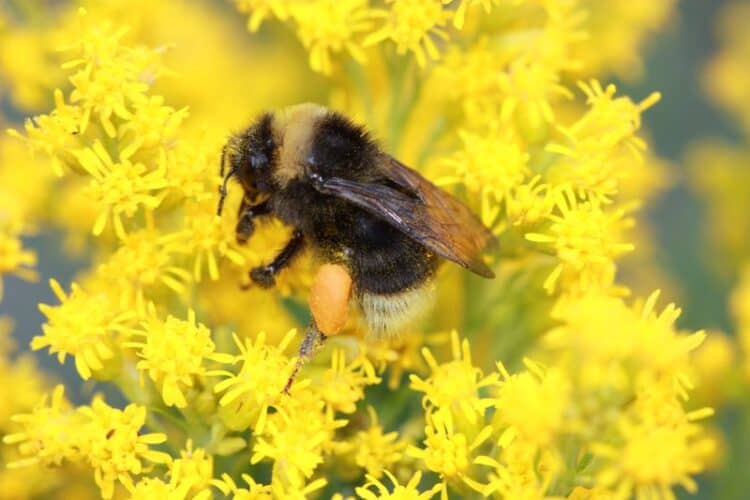

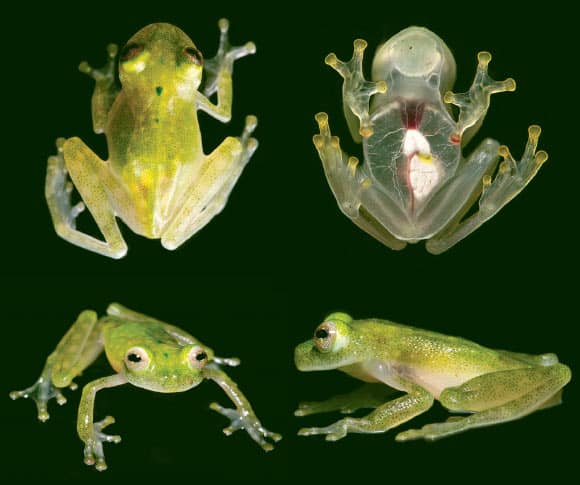
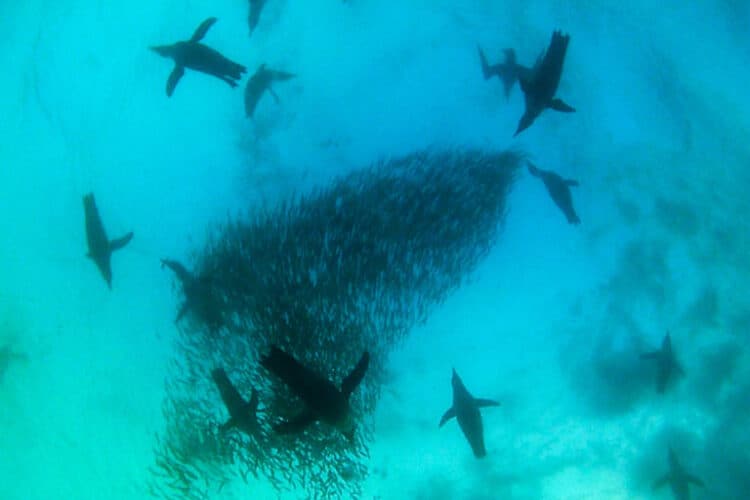
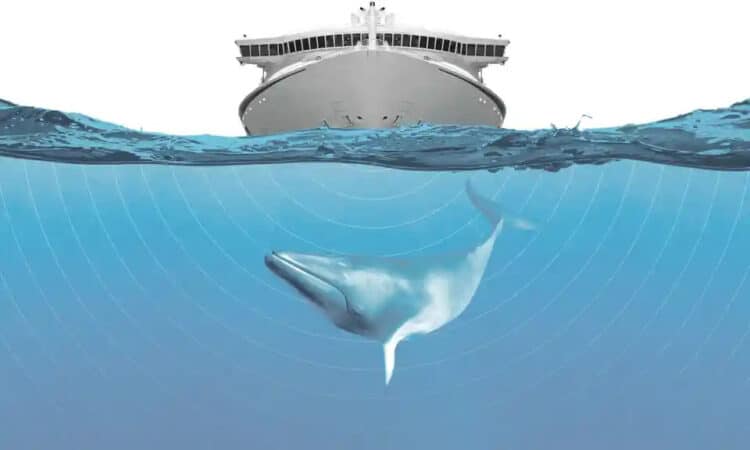
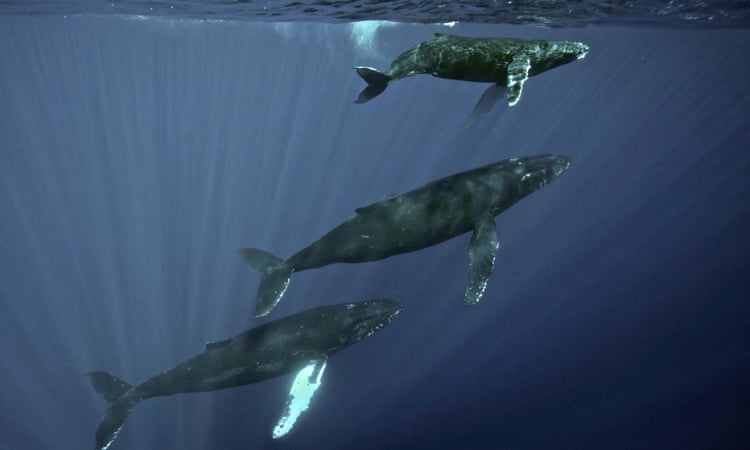
Leave a Reply